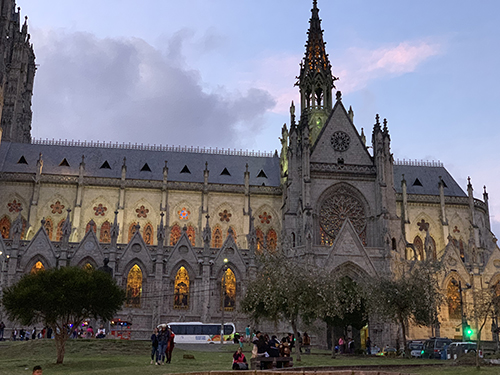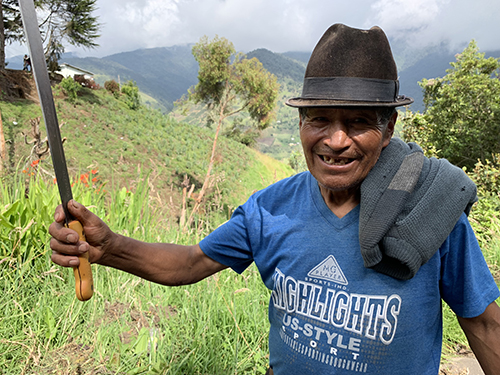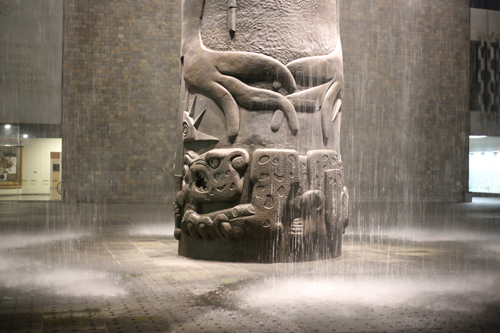“The control measures on the Rohingya expanded and tightened as time went on, and by 2016, 86 checkpoints had been set up in northern Rakhine State. The routine stop-and-search of vehicles to check for Rohingya passengers greatly amplified the perception of the group as a security threat. This in turn fed the narrative, made so explicit by their denial of citizenship in 1982, that they were a lesser people. The process of distinguishing them so drastically from other groups in Rakhine State, not only in a religious or ethnic sense, but now legally, criminally, would provide more robust grounds for the violence that eventually erupted in 2012. They weren’t worthy of the same protections afforded to Rakhine, limited as those were, and they became, in the eyes of those who either participated in attacks or supported them from afar, subhuman. They were animals, stripped of the qualities that normally inhibit the use of violence against a fellow human being.”
-Francis Wade in Myanmar’s Enemy Within: Buddhist Violence and the Making of a Muslim ‘Other’
We bought flights for a late December trip to Myanmar back in April. Myanmar had been on our list for a while, and I was thrilled to find great tickets. We were attracted by its beautiful landscapes, less touristy vibe, and unique culture, but through the summer, the Rohingya crisis escalated, and we faced an ethical problem of whether or not to go. Whether it should be called an ethnic cleansing or genocide didn’t matter, the fact is that the Myanmarese were committing atrocities against the Rohingya, and we didn’t feel fully comfortable condoning this behavior by touring there.
Before deciding either way, however, we weigh the options. We recognize that this trip to Myanmar won’t be all smiles, and some of the learnings we may get from this adventure will teach us how a culture can sub-humanize another culture. We could learn how a population can be so marginalized that even “good” people view them as a threat to society. On the other hand, do we want to support a country through our tourist dollars that is systematically pushing out and eradicating another group just because they have differing beliefs? We realize that our own government is pushing out ‘other’ as well as not letting them into the country for reasons not terribly different from that of the Myanmarese; however, at least for now, the degree to which the U.S. government is willing to go is not as extreme.
The biggest surprise is that we felt that Myanmar was improving. Back in 2012, President Obama visited Myanmar, and he praised the government’s progress in shaking off military rule. Just a couple years later, things seem as bad as they’ve ever been. Clearly, in 2012, a lot of the story was missing. As highlighted in the quote above, it takes half a century to develop these deep-rooted feelings against an ethnic group. In a time of fake news and tampered elections, I’m embarrassed that I believed what I had been reading about Myanmar on its surface – that it was on a good path forward. I believed what I wanted to believe. I wanted to visit this beautiful country and I wanted it to embody the transformation story that was being shared. I was wrong.
To go or not to go? In the end, we just couldn’t. We heard our rationales starting to sound like excuses. We were never worried for our safety because we didn’t look or believe in anything that was controversial, but that doesn’t mean we should then feel okay going – just because we weren’t going to be in danger. We still wanted to go to a similar part of the world, but we wanted to support a nation where we felt comfortable in the actions that the government and their people were taking. We wanted to go to a nation where we were felt proud to emulate many of their traditions and beliefs. And we wanted to go to a nation that we felt excited to support.
It was back to the drawing board for us, but with one caveat – if possible, where could we go so that we wouldn’t lose the full deposit that we’d already put down on Myanmar…

In trying to understand what was happening, I feel Wade’s book “Myanmar’s Enemy Within” does a nice job of explaining how today’s situation came to be.










































